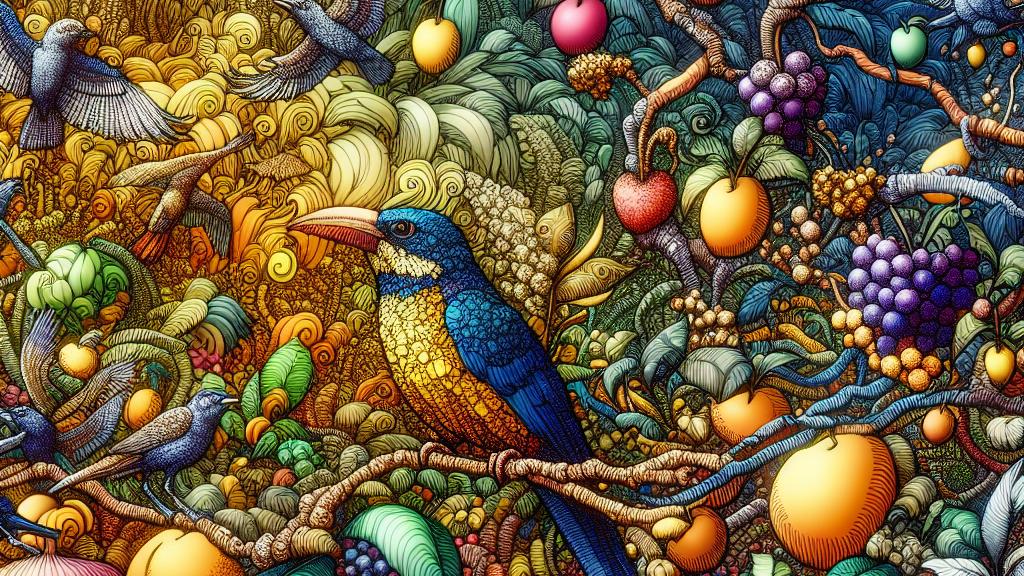Understanding How Birds and Plants Work Together in Nature
Overview
- Explore the fascinating symbiotic relationships between birds and plants.
- Discover the intricate patterns of trait matching across various geographical regions.
- Unpack the significant implications of these interactions for biodiversity and ecosystem health.

The Intriguing Relationship Between Birds and Plants
Close your eyes and visualize a vibrant jungle, alive with color and sound. Here, birds flutter between branches, indulging in juicy fruits that have ripened under the sun. This enchanting dance of nature is called frugivory, a vital interaction between fruit-eating birds and the plants they rely on. Recently, a team of researchers from the Wuhan Botanical Garden in China embarked on a remarkable journey to understand these connections better. They meticulously analyzed over 22,000 interactions across the globe and uncovered that the intensity of these relationships varies dramatically depending on geographic region. For example, in tropical rainforests, you’ll find a dazzling array of fruit-driven birds rejoicing in a rich buffet of fleshy-fruited plants. Conversely, in temperate areas, the dynamics shift, showcasing different patterns of interaction. Isn't it mind-blowing to think that something as simple as a bird’s beak can determine its relationship with the fruits it eats?
The Essential Role of Trait Matching
Delving deeper, let's explore the captivating concept of trait matching, which is crucial for these interactions. It's not merely about any bird enjoying any fruit; it’s much more nuanced! Consider the hummingbird—its long, slender beak is uniquely designed to sip nectar from deep flowers, optimizing its feeding strategy. Recent studies reveal that this trait matching is stronger towards the poles, which reinforces Darwin’s theory about nature's complexity and adaptability. For instance, in colder climates, specific bird species have evolved traits that perfectly fit the fruits found there. In contrast, islands often exhibit weaker interactions due to their isolated nature. This begs the question: how does geography influence these intricately woven relationships? Isn’t it fascinating that within these ecosystems, nature has evolved multiple adaptations to ensure that birds and plants support one another?
The Far-Reaching Impact on Biodiversity and Ecosystem Health
Now, let’s consider the broader implications of these partnerships—why they are vital for biodiversity and the health of ecosystems. When birds and plants thrive in harmony, they create an ecosystem that bursts with life and variety. Imagine a lush forest filled with all kinds of birds helping to pollinate flowers, disperse seeds, and maintain the circle of life. Such interactions are crucial! However, these delicate balances can be disrupted; if bird populations decline, the repercussions can ripple through the ecosystem, leading to a loss of plant species and reduced biodiversity. Protecting these vital connections isn't just beneficial for individual species; it’s essential for the survival of ecosystems as a whole. This profound interdependence among species serves as a beautiful reminder that every creature, no matter how small, plays a pivotal role in the grand design of life on Earth. Indeed, nature operates as a symphony, where every note contributes to the harmony of existence!

Loading...